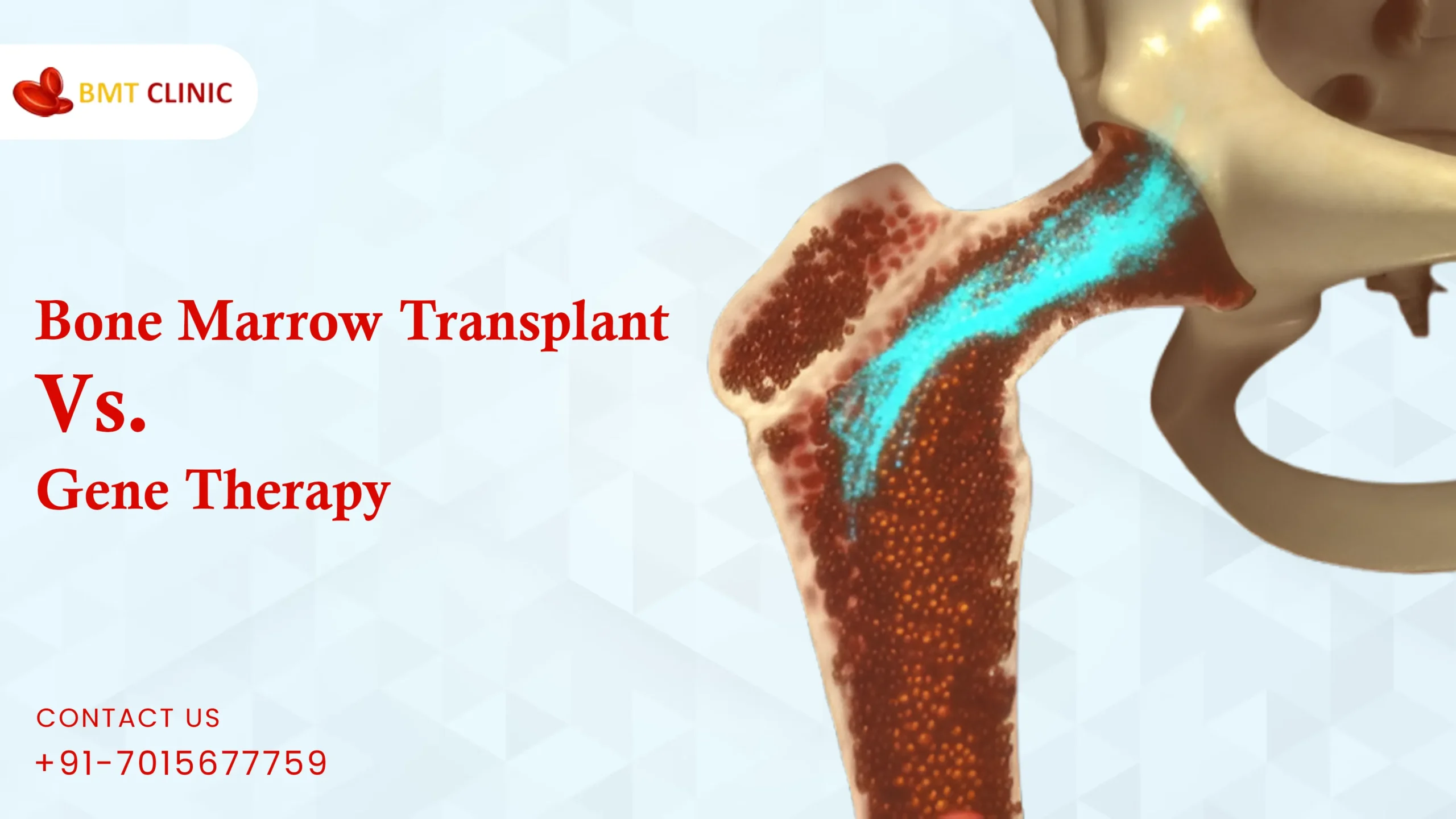For decades, bone marrow transplant (BMT) has been a life-saving procedure for patients with leukemia, lymphoma, thalassemia, and other bone marrow disorders. However, medical science is evolving, and a new approach, gene therapy, is emerging as a groundbreaking alternative.
Both treatments aim to restore the body’s ability to produce healthy blood cells, but they take very different routes to achieve it. Together, they represent two powerful milestones in modern medicine, one rooted in tradition and proven success, and the other shaping the future of personalized and regenerative healthcare.
Let’s explore how bone marrow transplant differs from gene therapy, and how both are shaping the future of treatment for blood and bone marrow diseases.
What is a Bone Marrow Transplant?
A bone marrow transplant, also known as a stem cell transplant, involves replacing a patient’s diseased or damaged bone marrow with healthy stem cells, either from a donor or the patient’s own body.
Types of BMT:
- Allogeneic Transplant: Healthy bone marrow comes from a compatible donor
- Autologous Transplant: The patient’s own bone marrow is harvested, treated, and reintroduced after intensive therapy
This treatment is effective for conditions like leukemia, lymphoma, aplastic anemia, thalassemia, and multiple myeloma. However, finding a perfect donor match can be difficult, and the procedure carries risks like infection, organ complications, and graft-versus-host disease (GVHD).
Know More:- Bone Marrow Transplant Cost in India
What is Gene Therapy?
Gene therapy is a cutting-edge approach that treats the root cause of disease by modifying or replacing faulty genes within the patient’s own stem cells. Instead of replacing the entire bone marrow, it involves “fixing” the genetic error inside the cells.
Once corrected, these cells are reintroduced into the body, where they begin producing healthy blood cells naturally — eliminating the need for a donor.
This therapy has shown promising results in conditions like sickle cell disease, beta-thalassemia, and severe combined immunodeficiency (SCID).
Know More:- What is Gene Therapy and How Does it Work
Which One Is Right for You?
Choosing between a bone marrow transplant and gene therapy depends on several factors — the type of disease, the patient’s age, genetic profile, and treatment availability.
- For blood cancers (like leukemia or lymphoma), bone marrow transplant remains the gold standard.
- For genetic blood disorders (like thalassemia or sickle cell anemia), gene therapy shows life-changing potential.
In many cases, ongoing research may soon combine both, using gene-modified cells for safer, more effective treatment outcomes.
The Future Ahead
Gene therapy is still evolving, but it’s reshaping how doctors approach bone marrow diseases. As technology advances and costs drop, it could soon become as common as bone marrow transplants are today.
For patients, it means a future where, instead of finding a donor, your own cells can become your cure.

